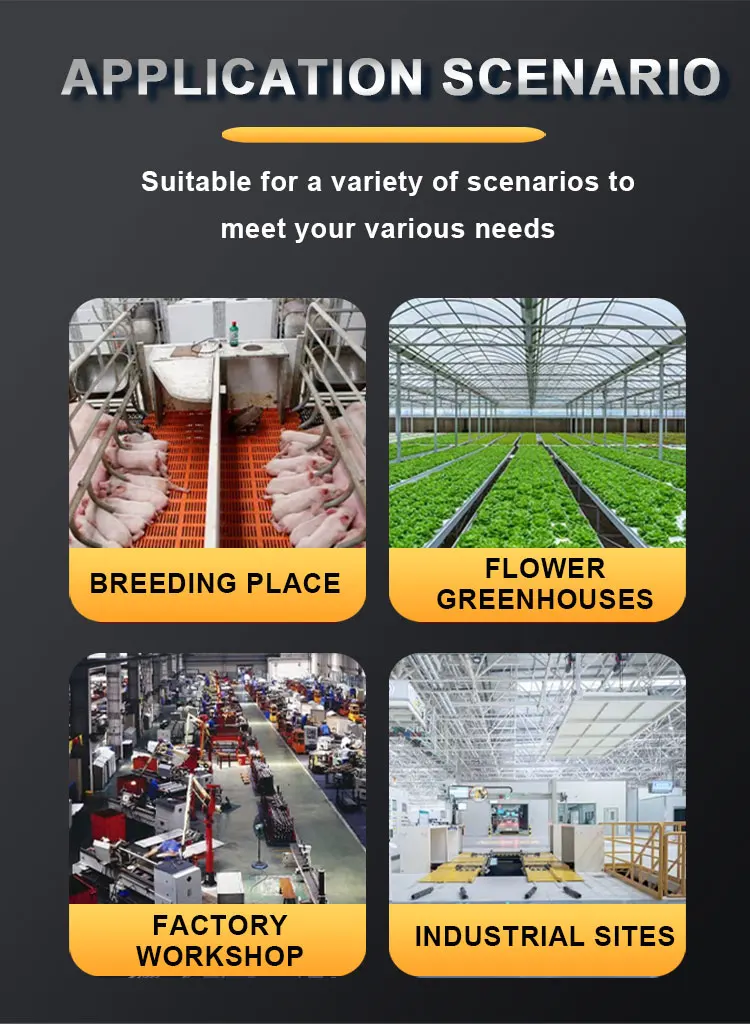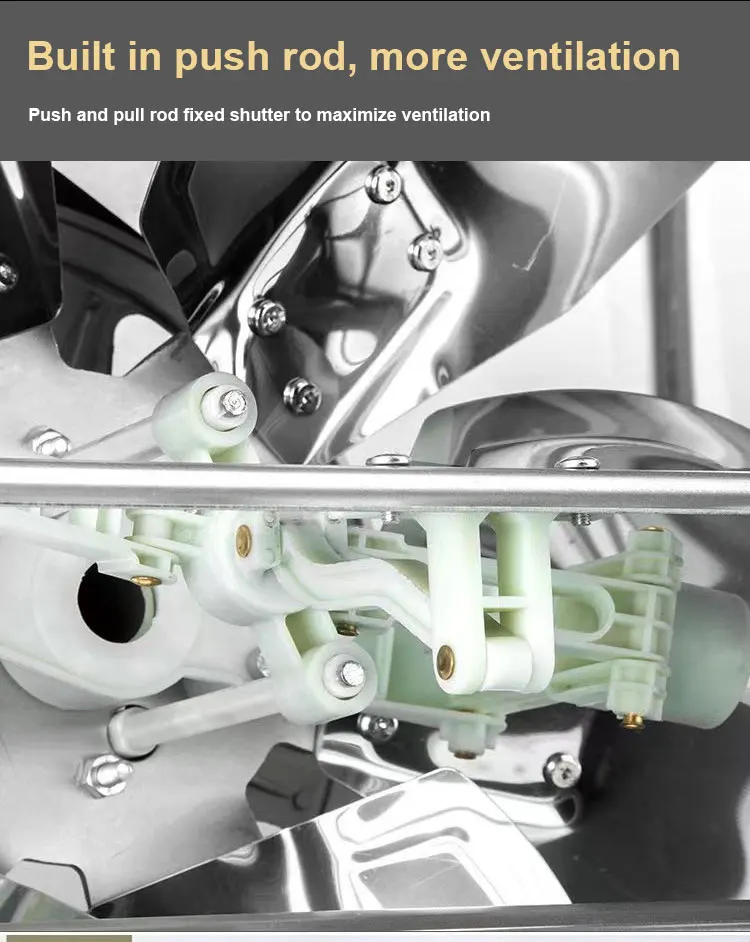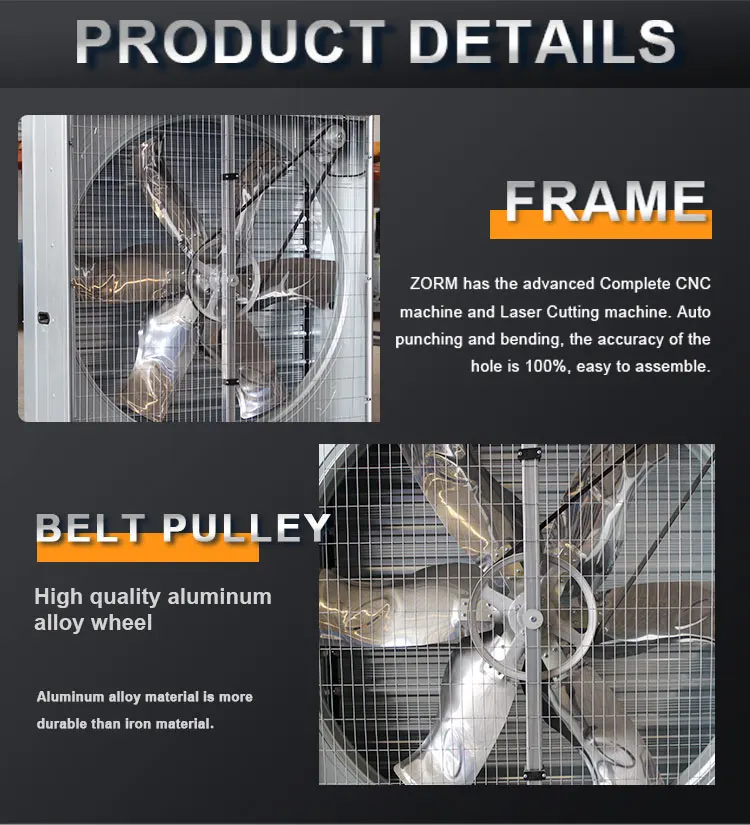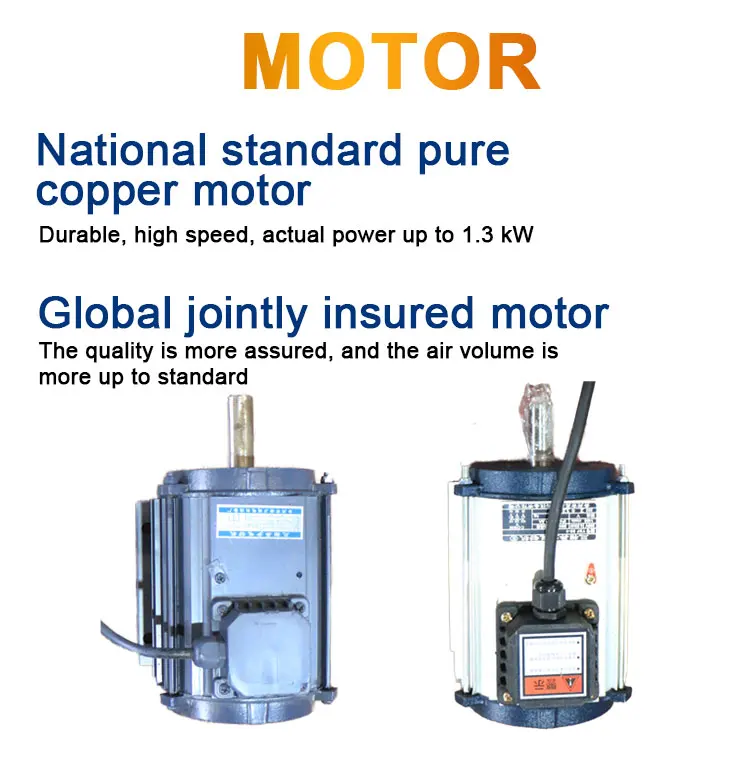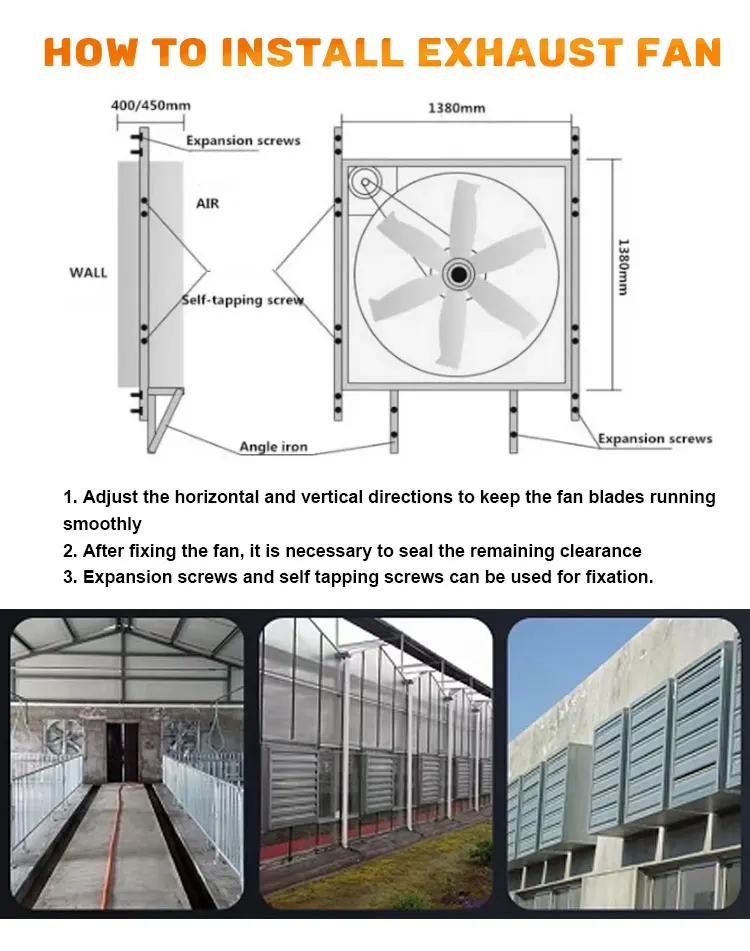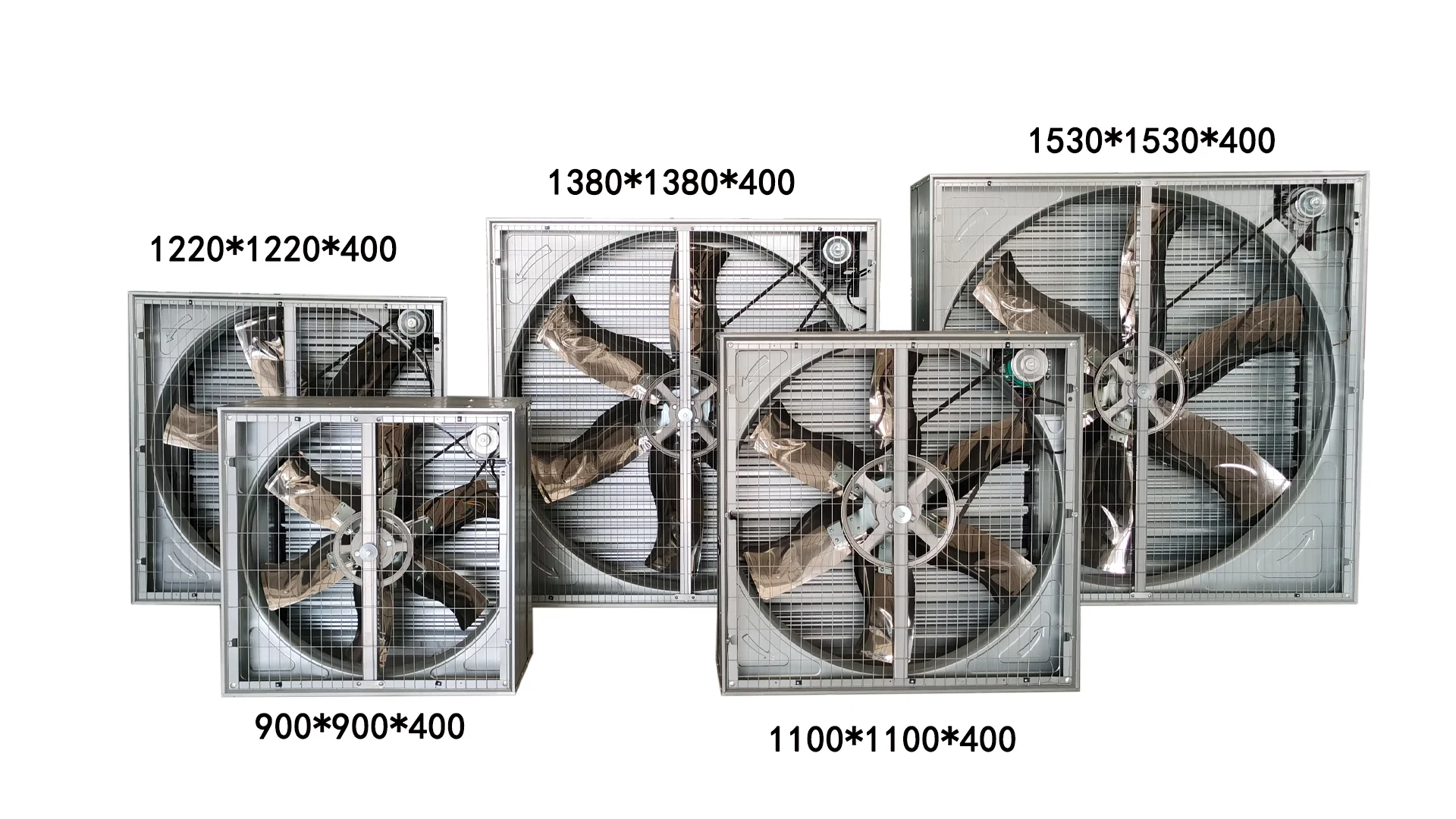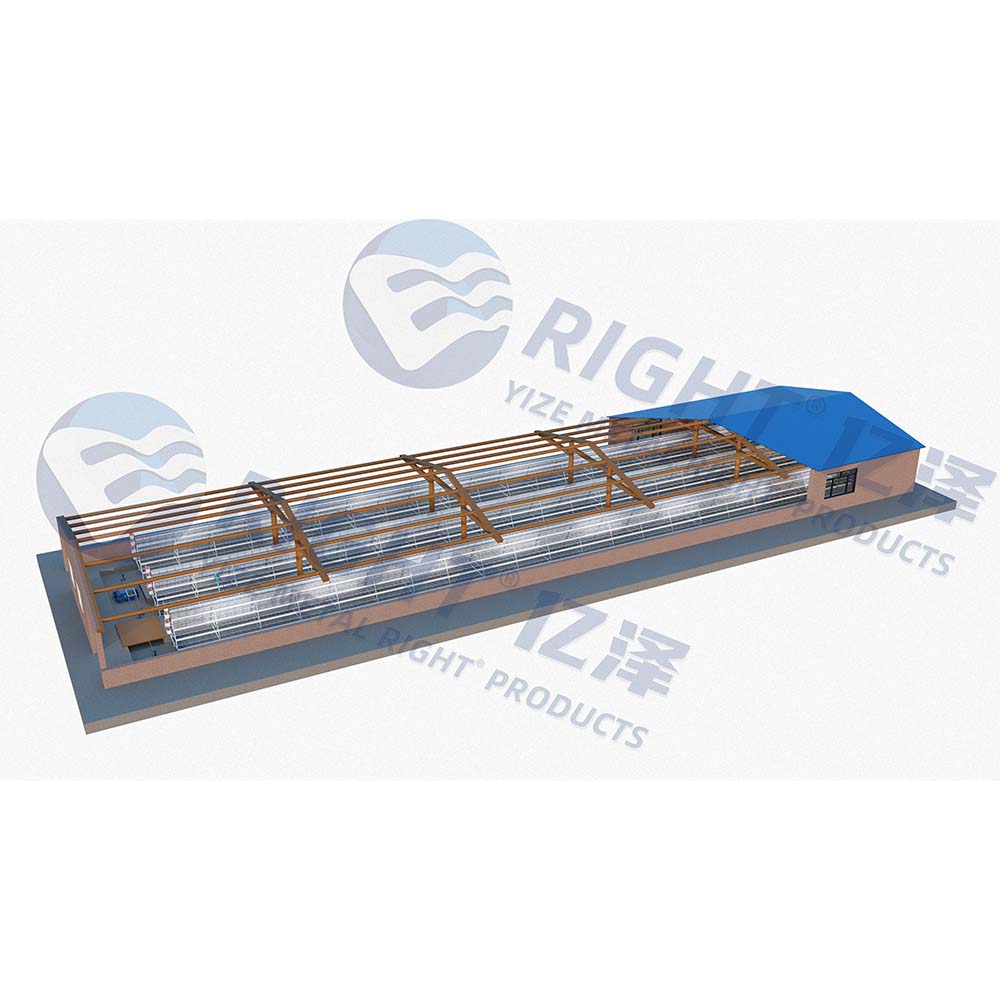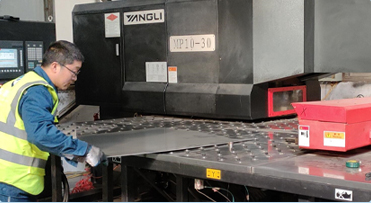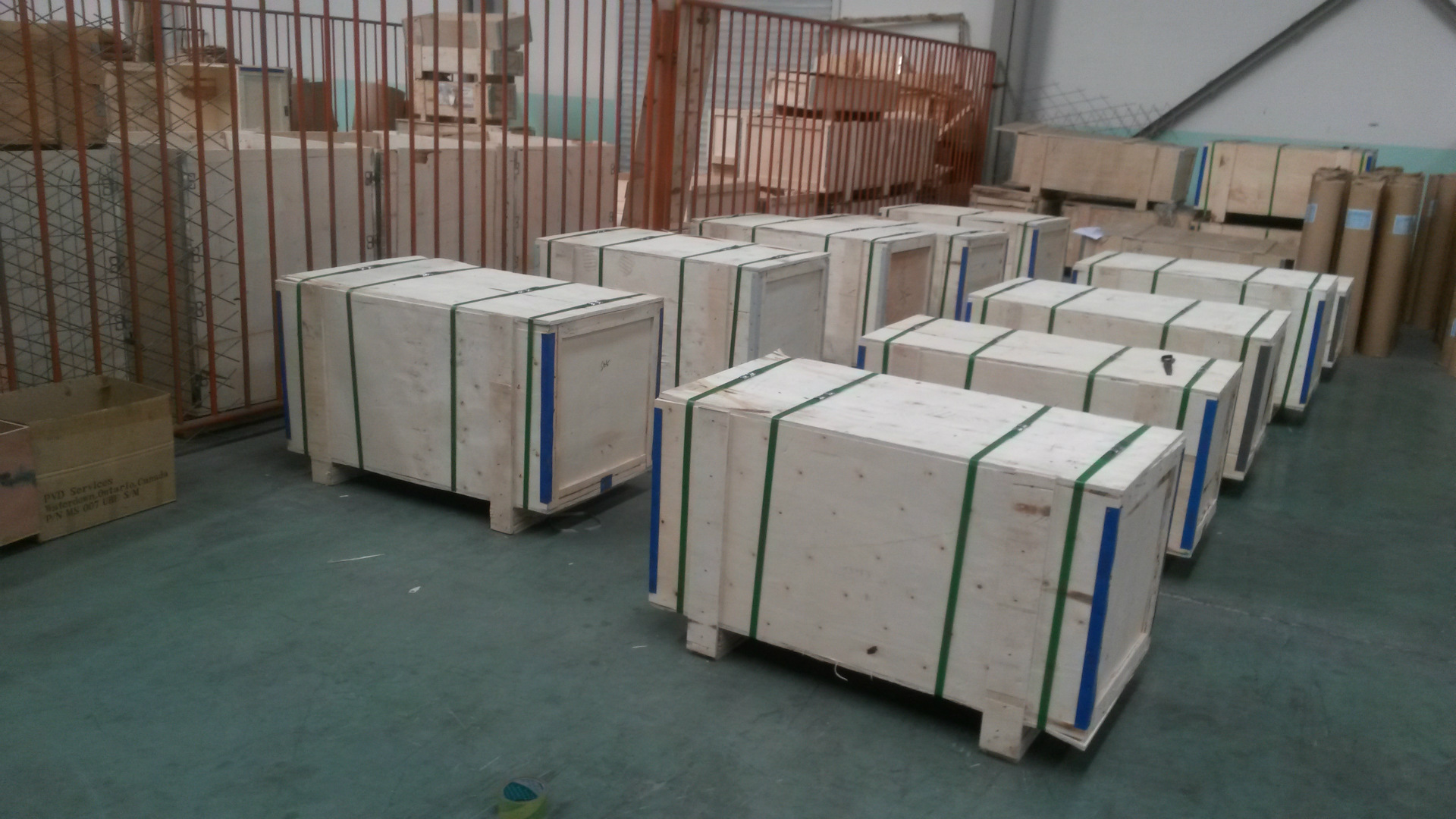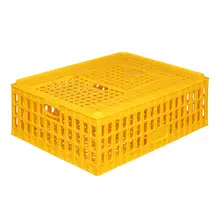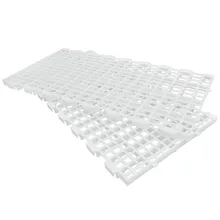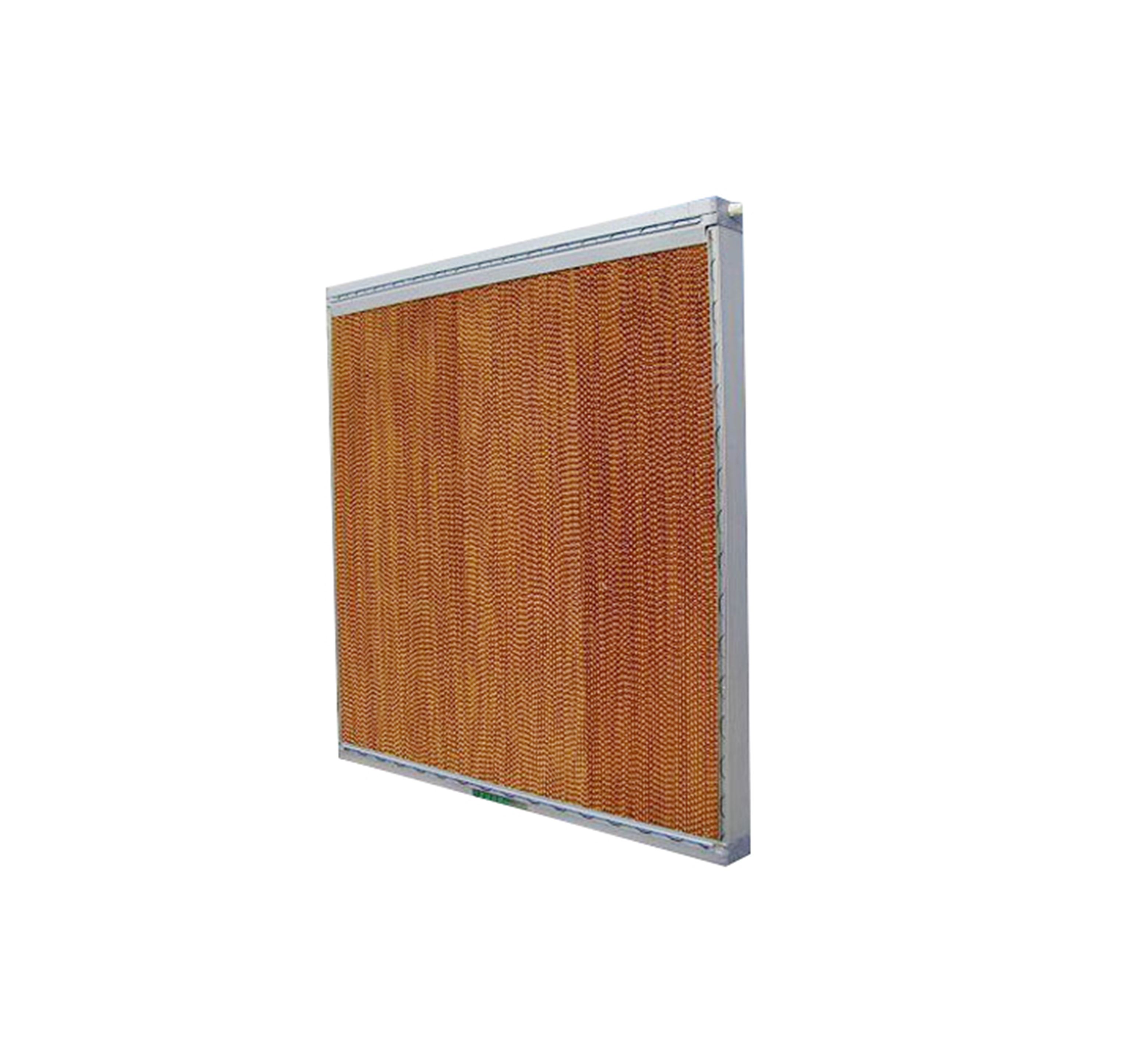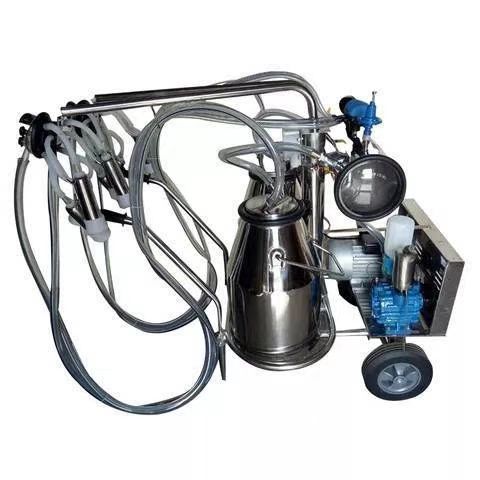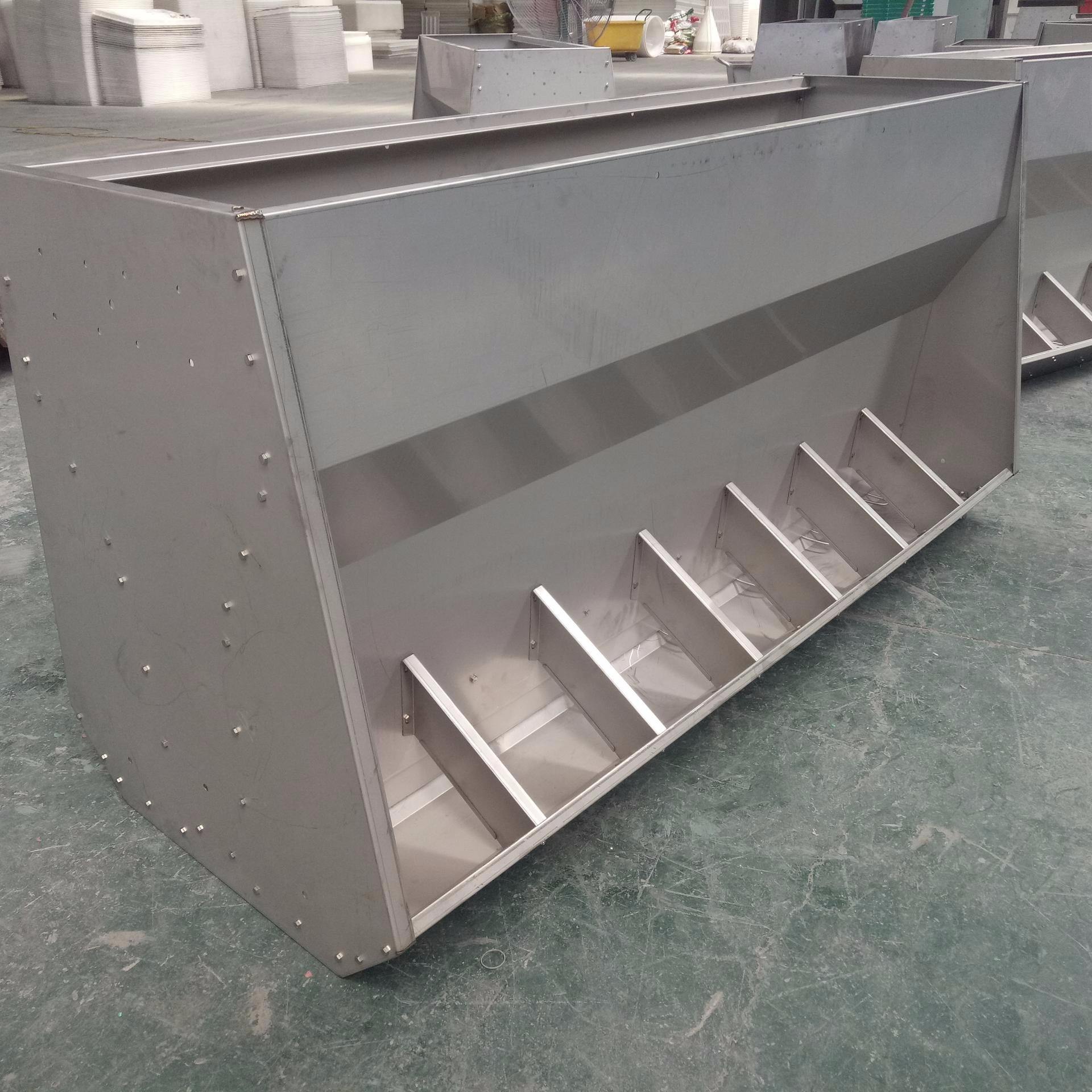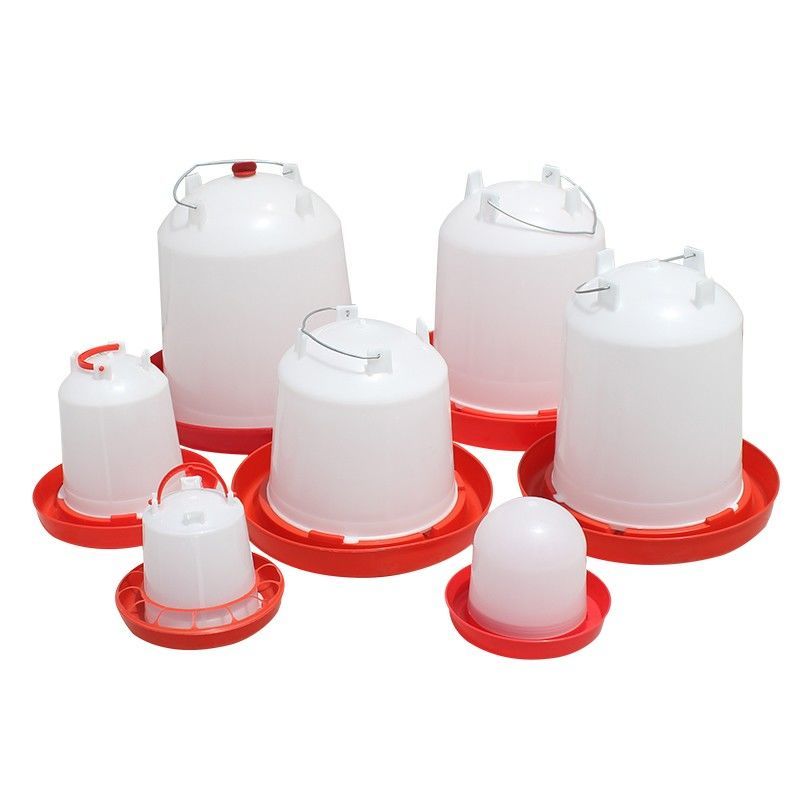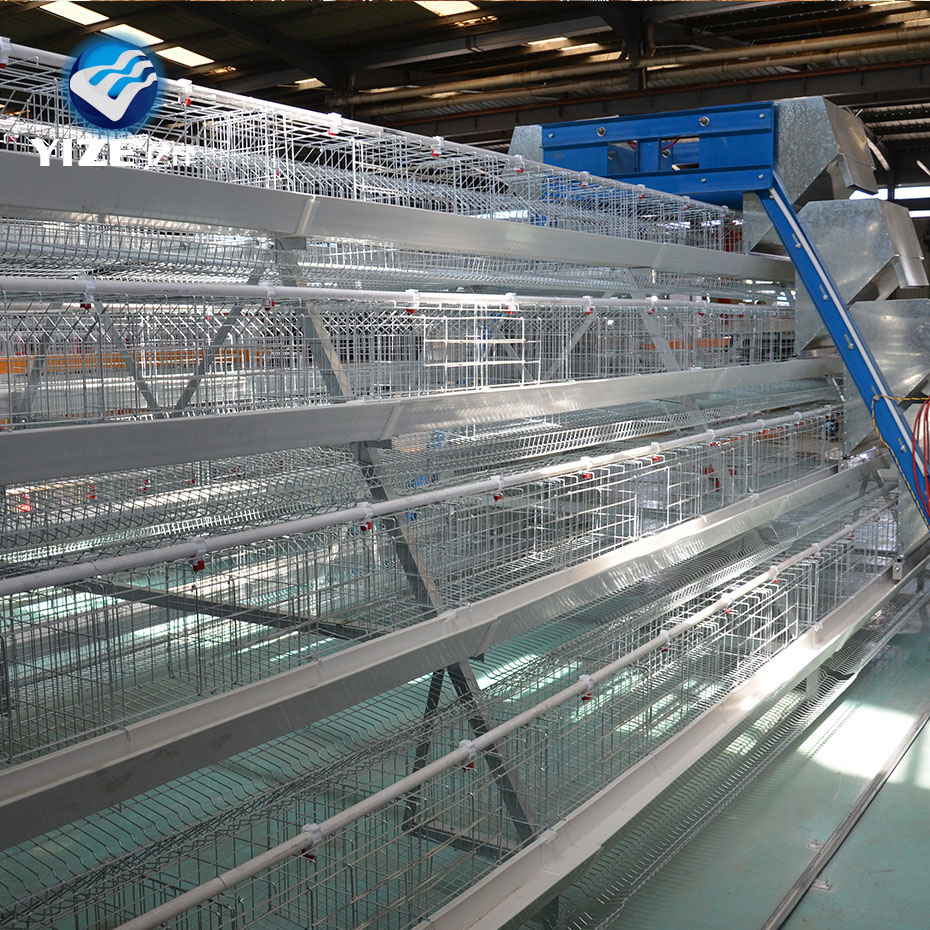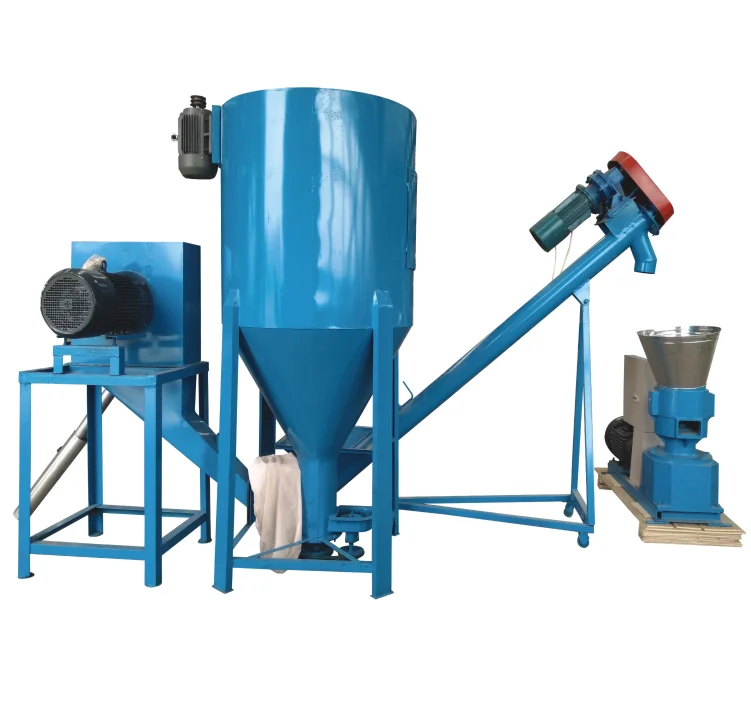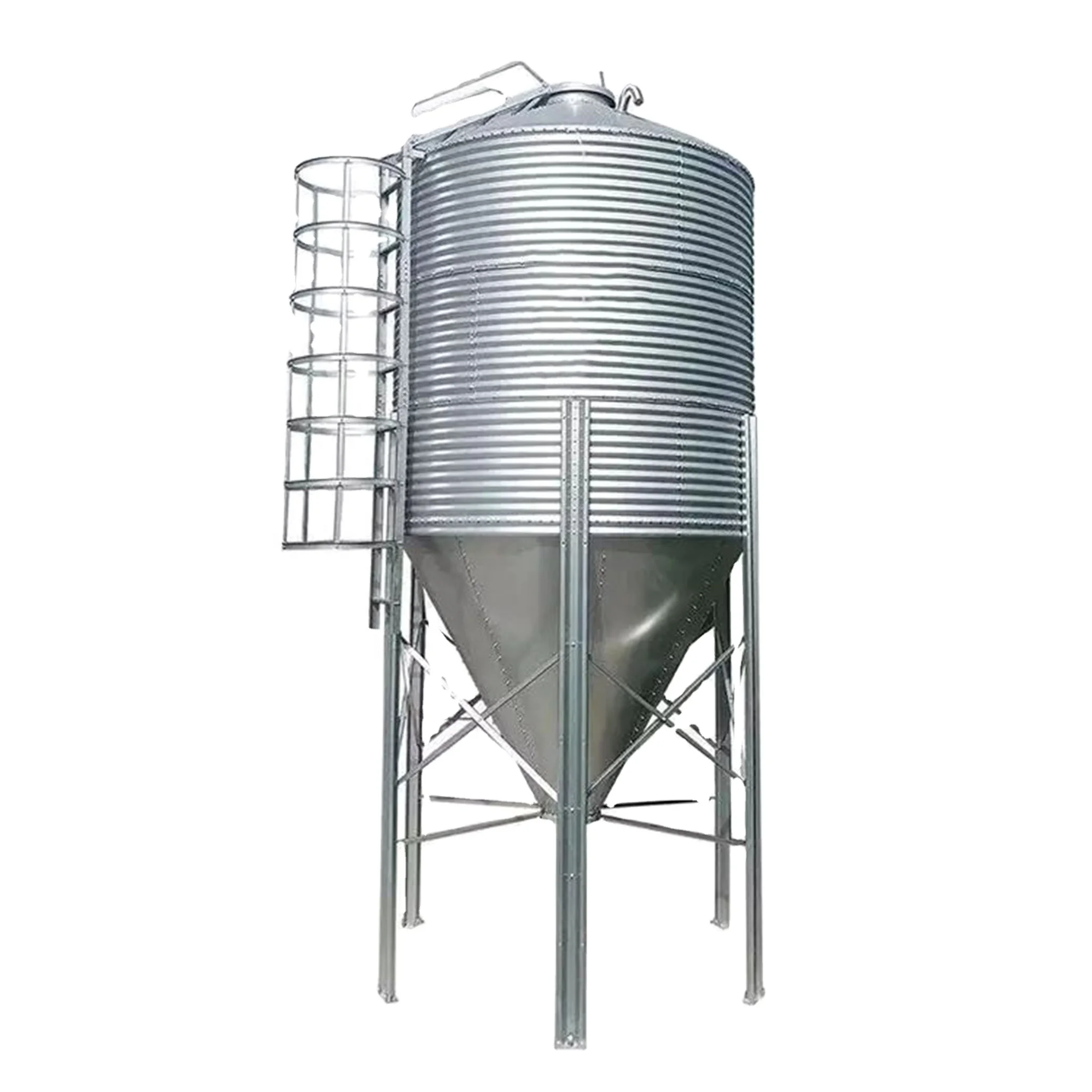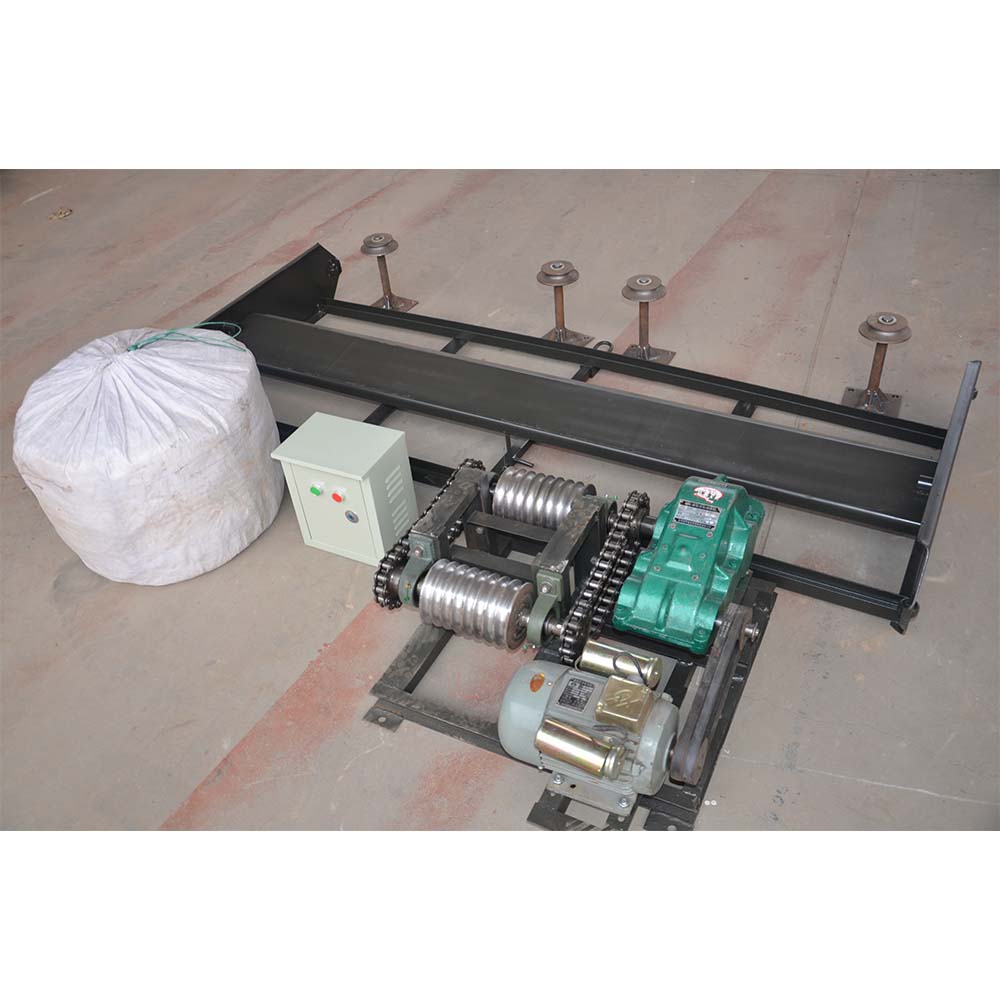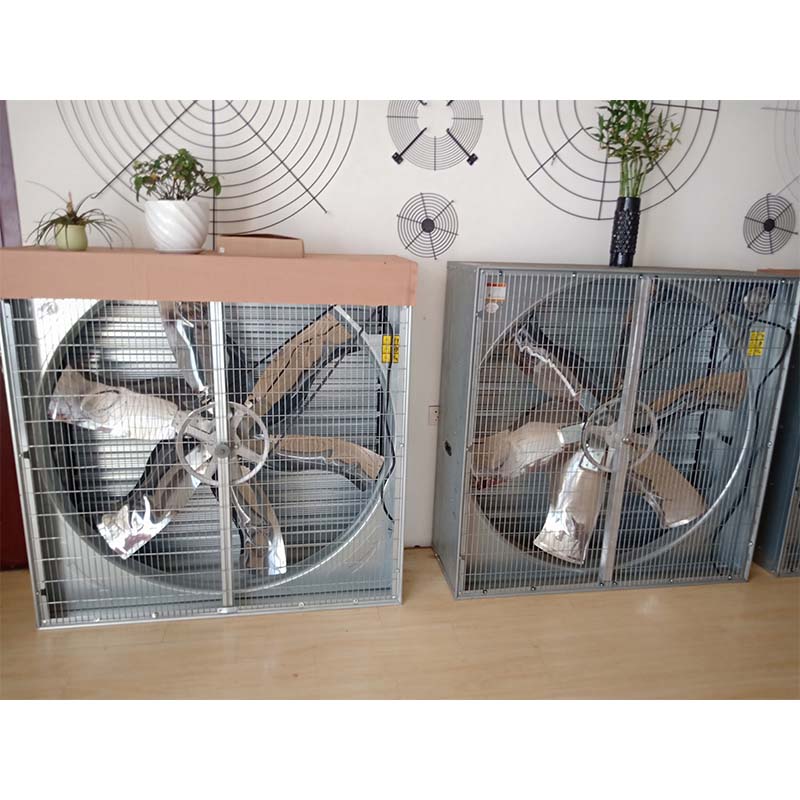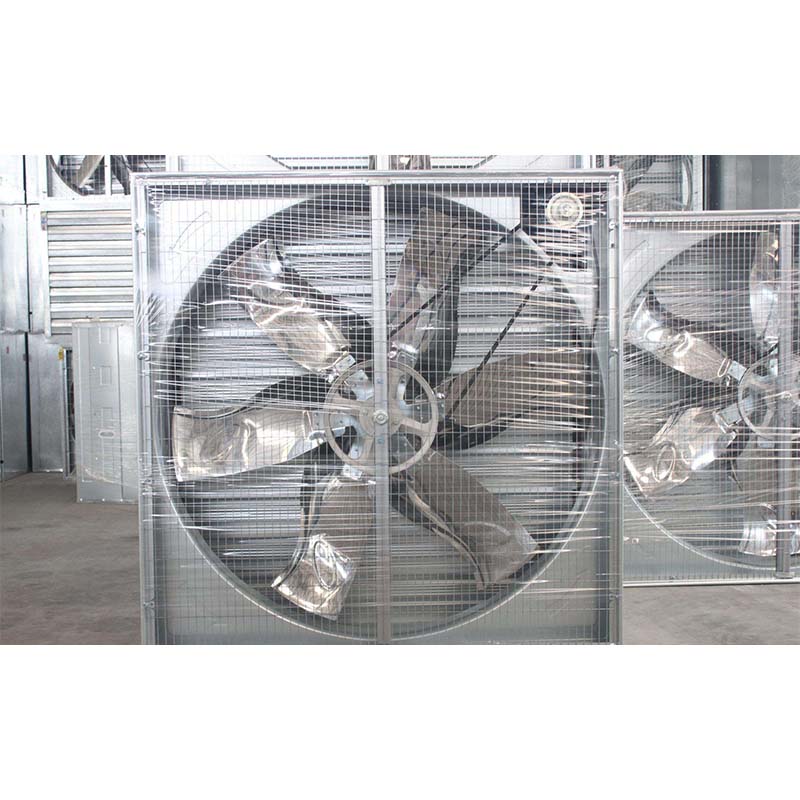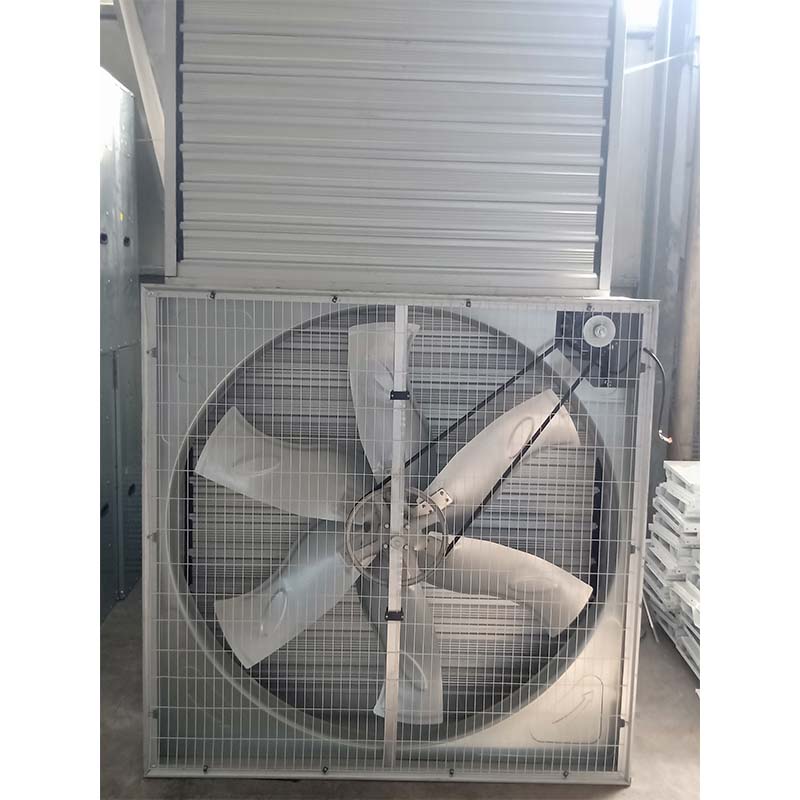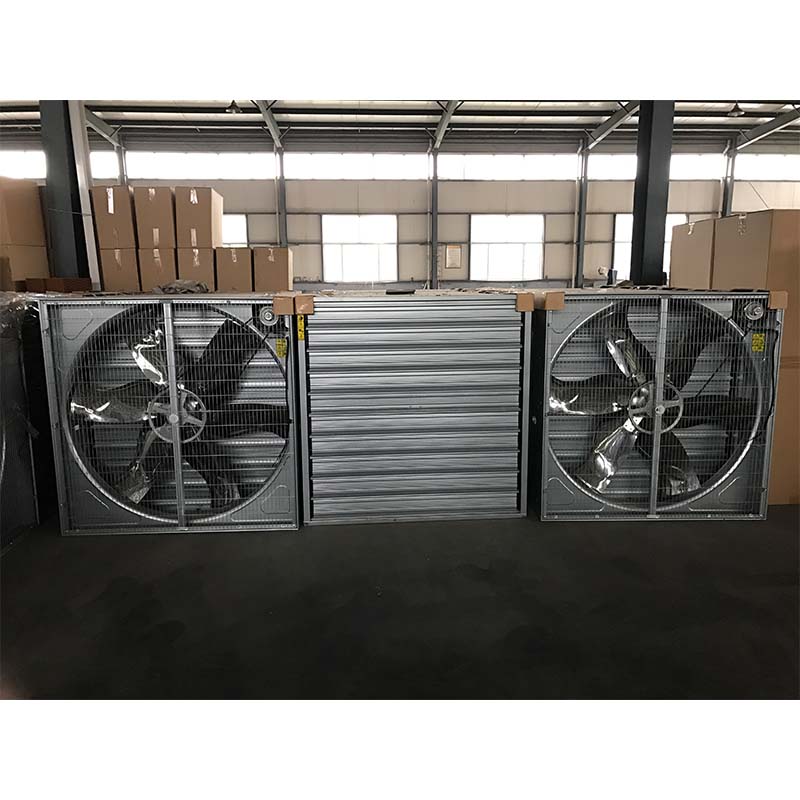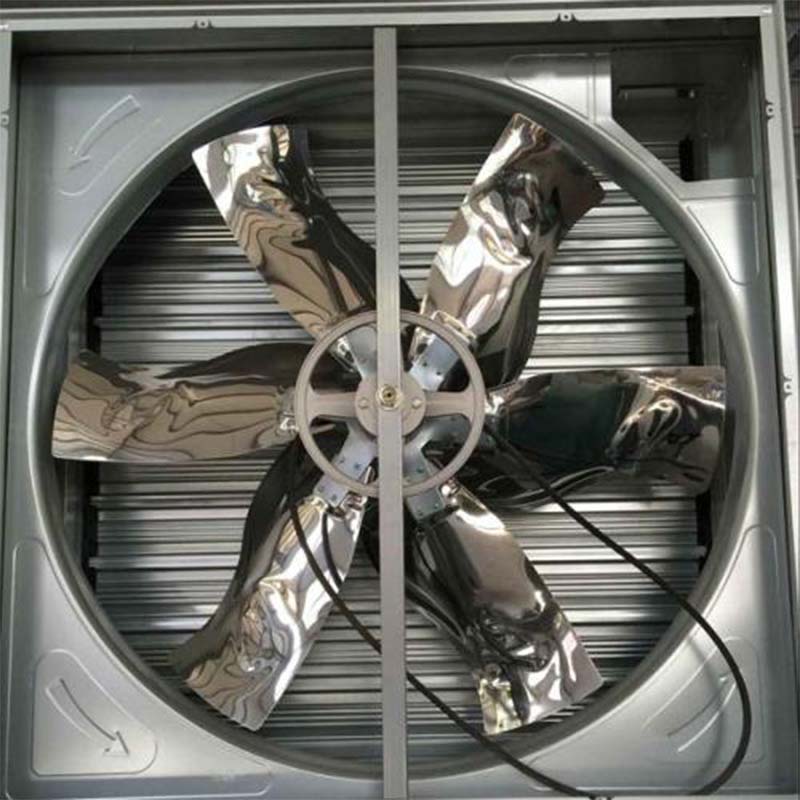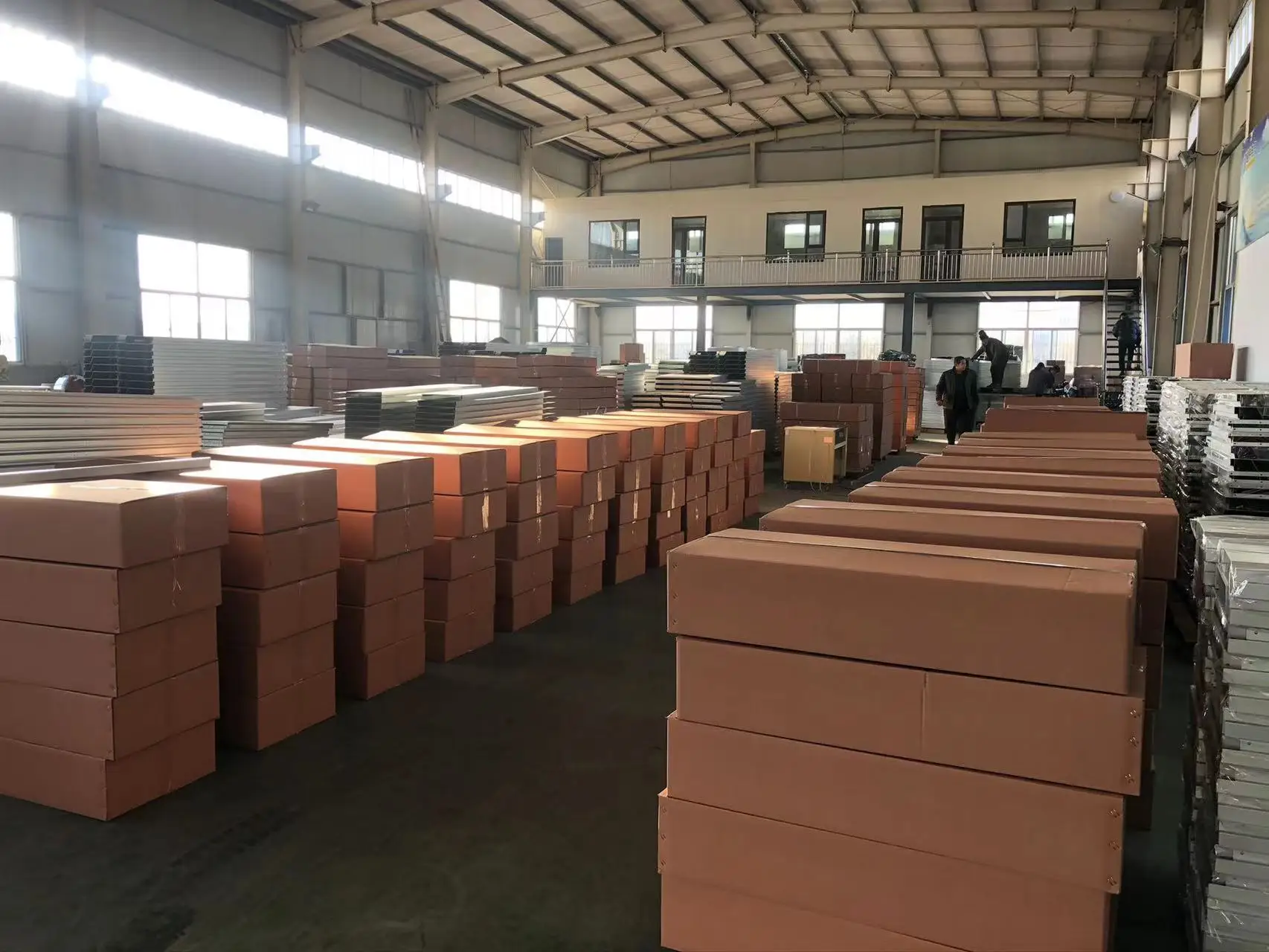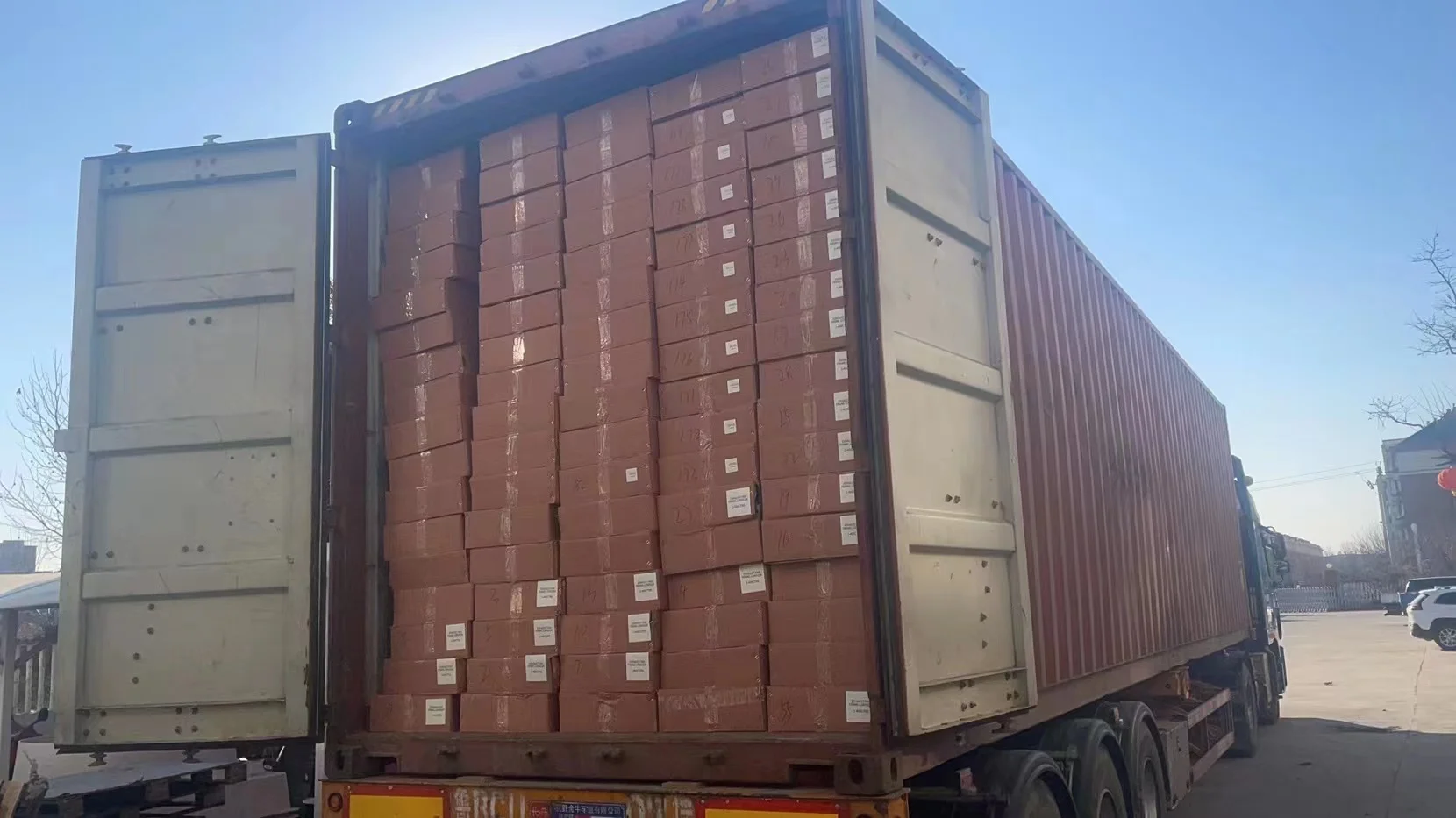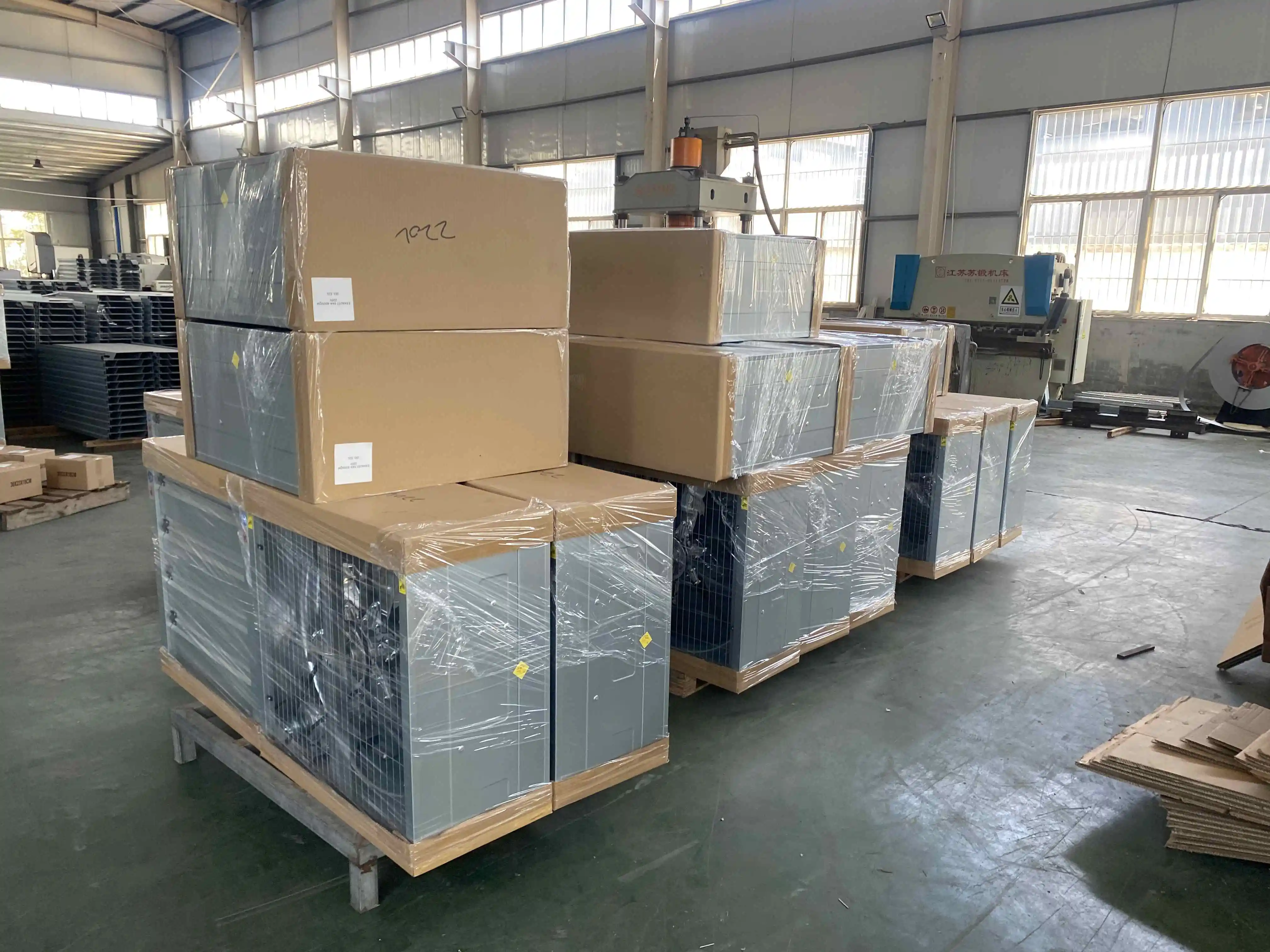
- 1.The fan is mainly composed of blades, belt pulley, blade hub, belt, bearing, blade support, shutters, frame, protection mesh, motor and other components. The motor drives the blades to generate airflow.

|
Specification |
Blade diameter (mm) |
Blade RPM |
Mọto RPM |
Airflow m³/h |
Import power |
Rated voltage |
Height (mm) |
Width (mm) |
Thickness (mm) |
|
KL-1000 |
900 |
500 |
1400 |
25000 |
550 |
380 |
1000 |
1000 |
450 |
|
KL-1100 |
1000 |
470 |
1400 |
32500 |
750 |
380 |
1100 |
1100 |
450 |
|
KL-1380 |
1270 |
458 |
1400 |
44000 |
1100 |
380 |
1380 |
1380 |
450 |

Kini ọja yii?
Application of Exhaust fan
Exhaust fans are widely used for air exchange and pollutant removal in various applications, including industrial facilities, factories, commercial kitchens, and residential spaces. They help regulate temperature, remove airborne contaminants, and control humidity. In industrial settings, exhaust fans ensure proper ventilation, improving air quality and safety for workers. In homes, they enhance indoor comfort by expelling stale air, smoke, and odors. These fans are essential for maintaining a healthy and pleasant environment in diverse settings.
ohun elo ọja yi?
How to choose Exhaust fan for your farm ?
When choosing an exhaust fan for your farm, consider factors such as the size of the space, the number of animals, and the climate. Calculate the required airflow rate based on these factors and select a fan with appropriate capacity. Ensure the fan is durable, easy to maintain, and energy-efficient. Opt for models with weather-resistant construction for outdoor use. Proper ventilation is essential for animal health and comfort, so choose a fan that meets your farm's specific needs and budget.

